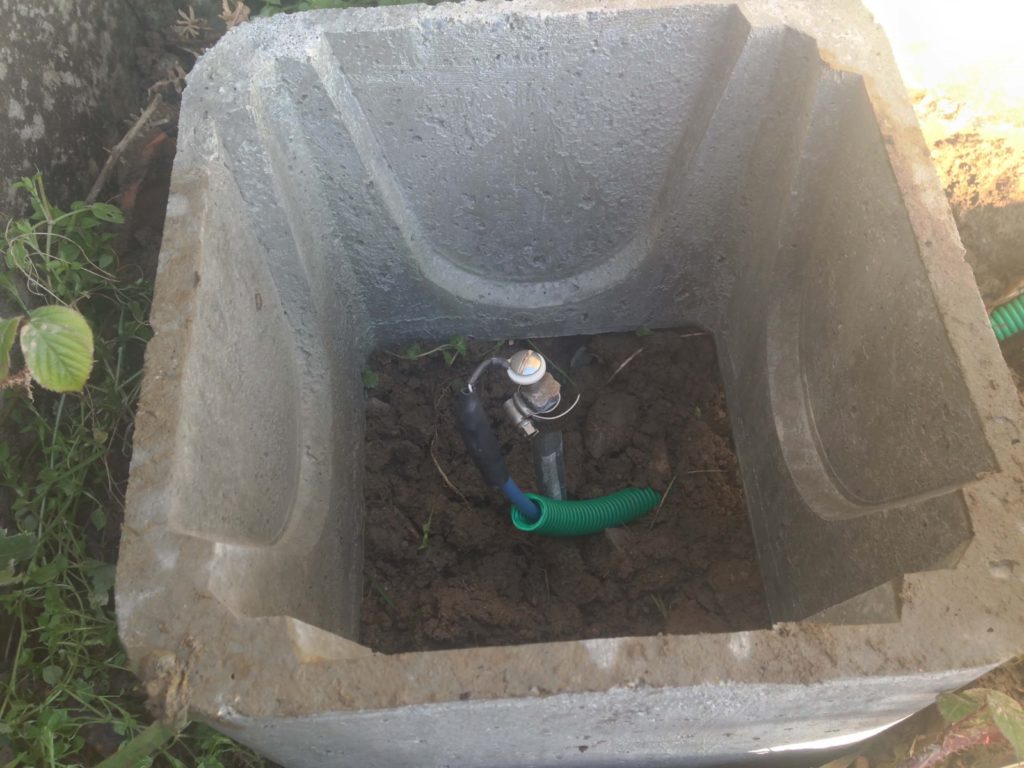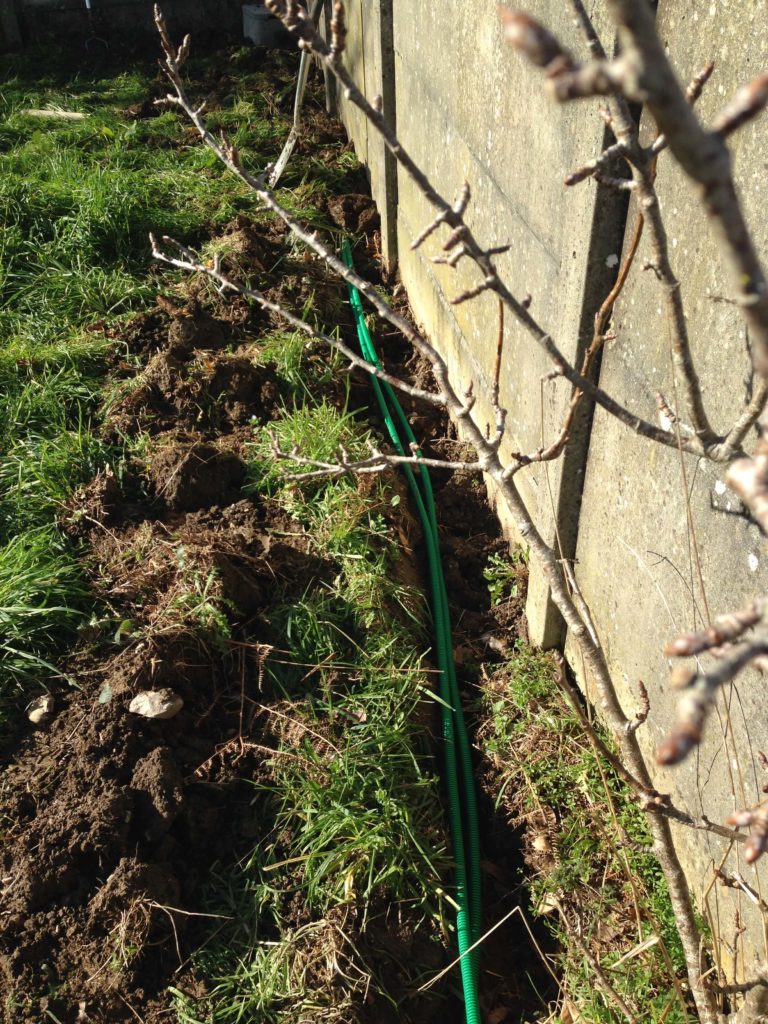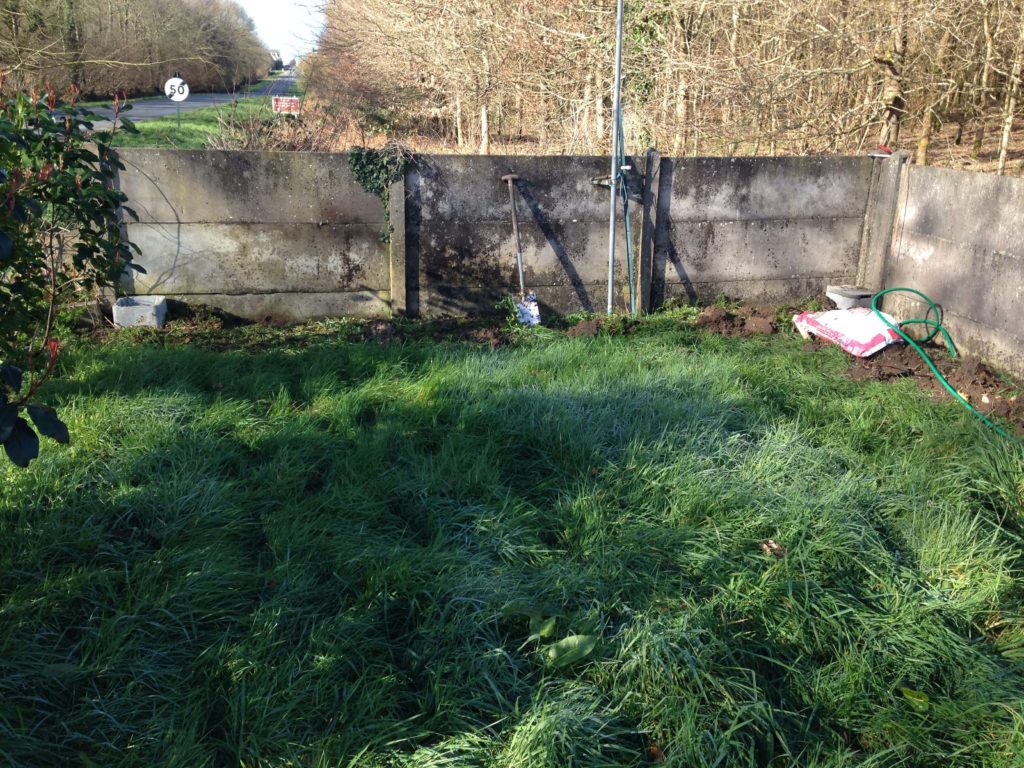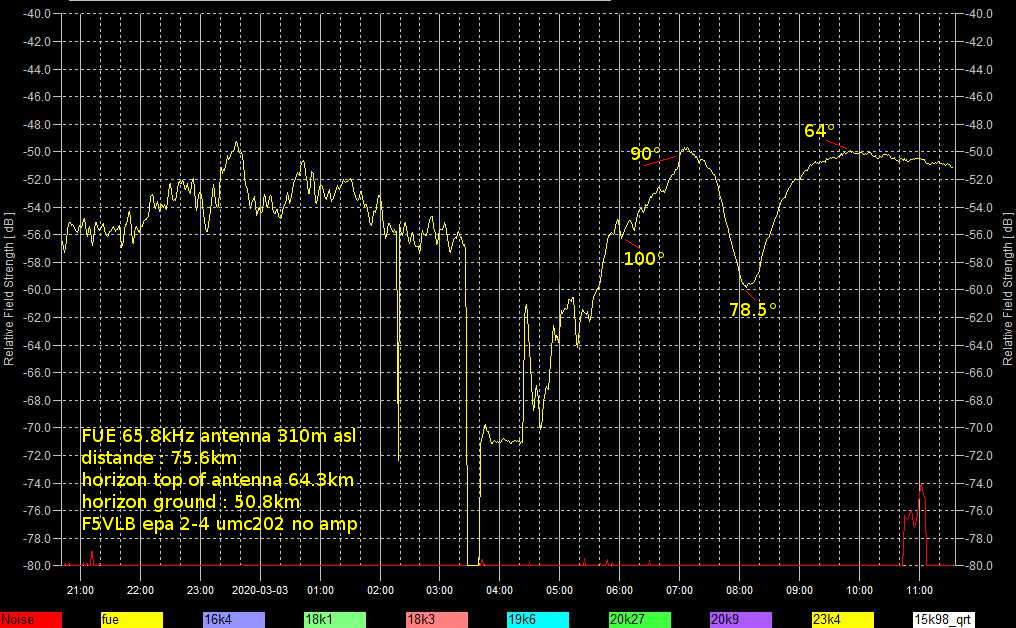
Results and data

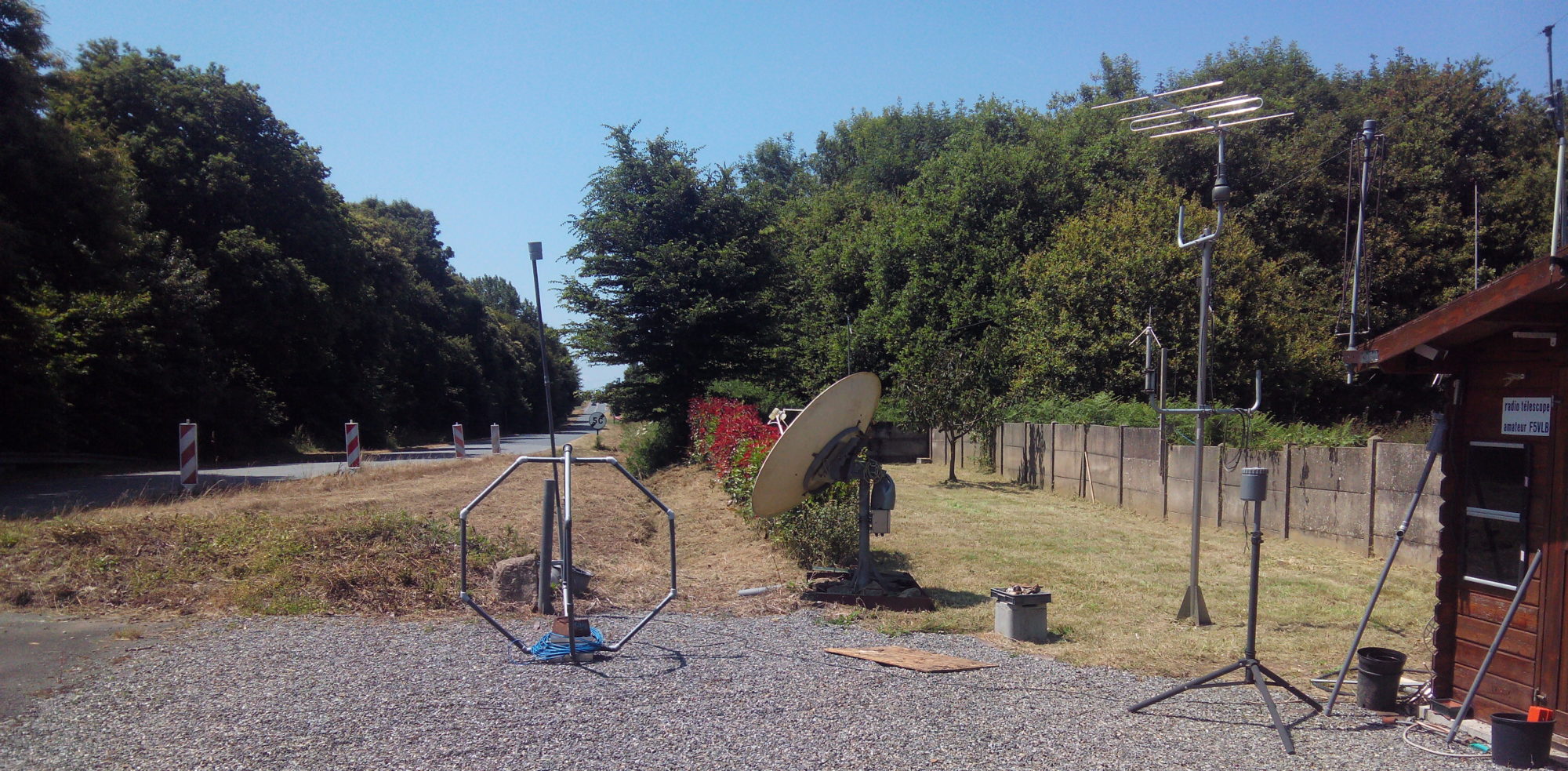


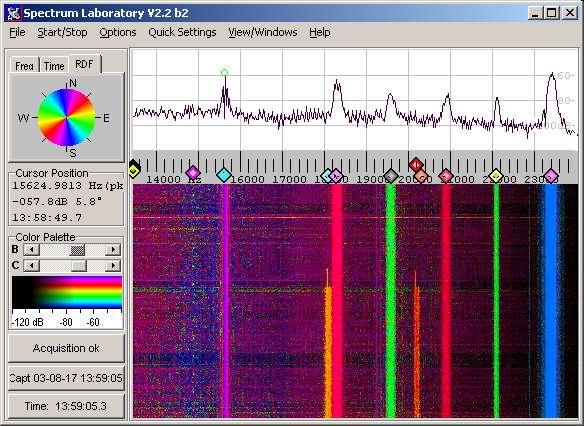
This program started as a simple FFT program running under DOS a long time ago, but it is now a specialized audio analyzer, filter, frequency converter, hum filter, data logger etc (see history). You can download it from this site. Or look into the manual (in HTML format), even though the manual included in the archive will be more up-to-date. Furthermore, the same manual has occasionally been converted into a single PDF (SpecLab_Manual.pdf), but any attempt to create a common index and table of contents for this PDF, using OpenOffice (with proper page numbers instead of the hyperlinks) has failed miserably – see note in the preface of the PDF document.
If you are looking for a short description in German language, look here. The revision history is here. How to use SpecLab with SDR-IQ is described here; how to use SpecLab with PERSEUS (without an annoying virtual audio cable) is here, and how to use SpecLab with software-defined radios supporting ExtIO (instead of a soundcard), like FiFi-SDR, RTL-SDR, FunCube, SDRplay RSP, etc etc, is described here.
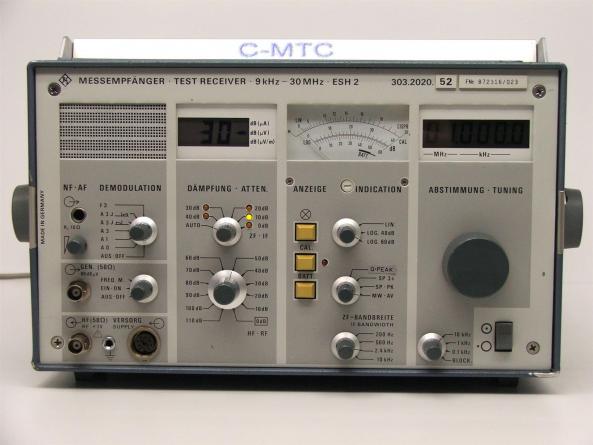
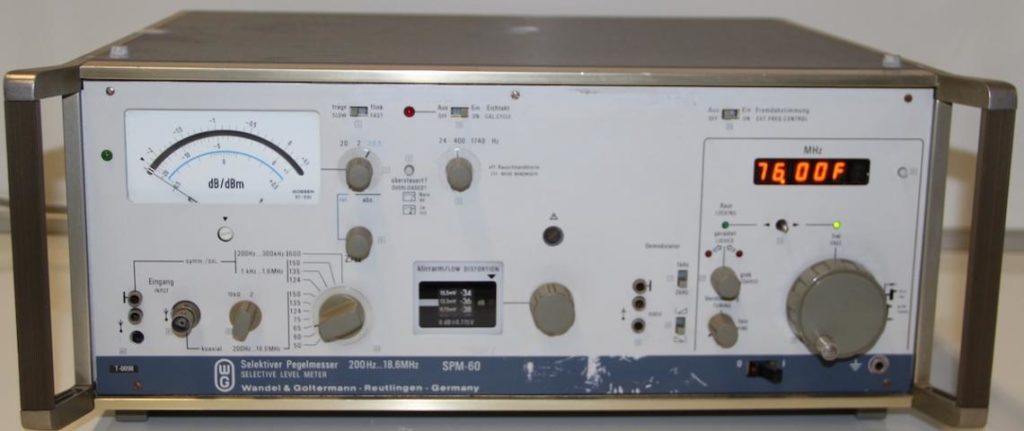
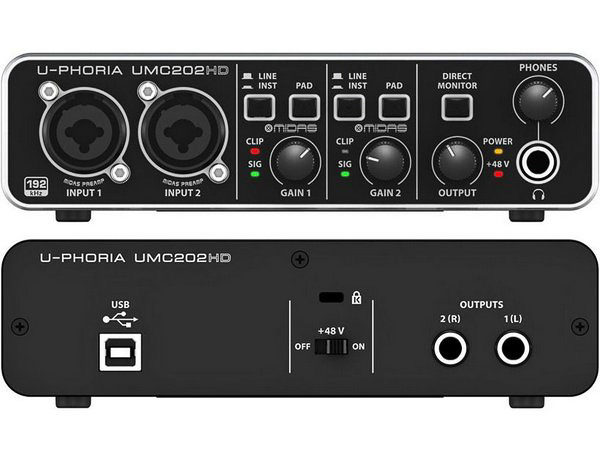
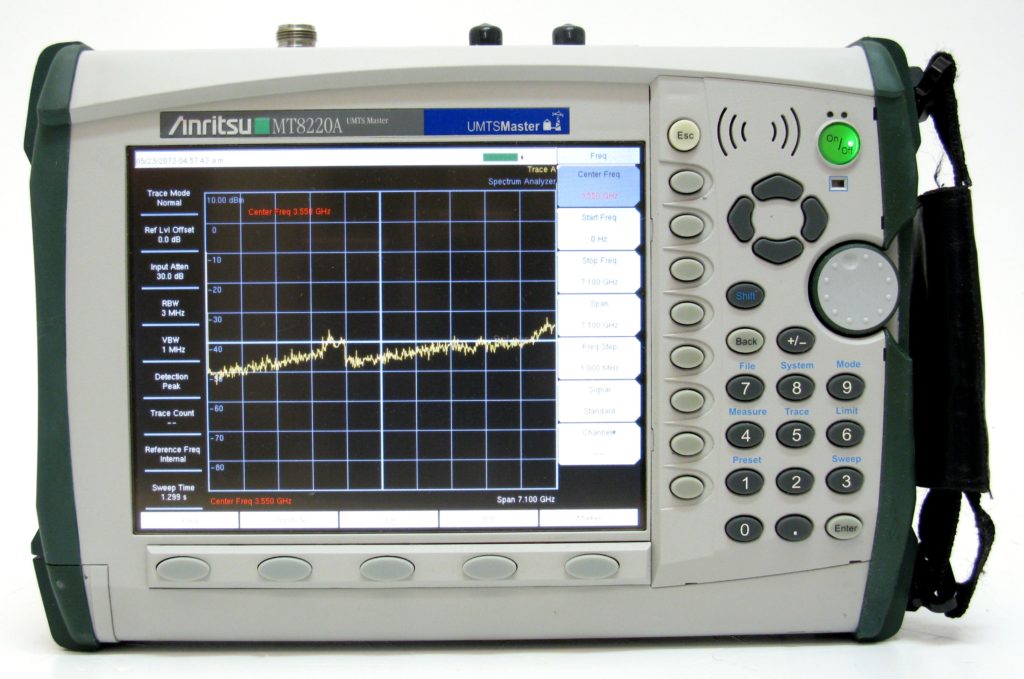
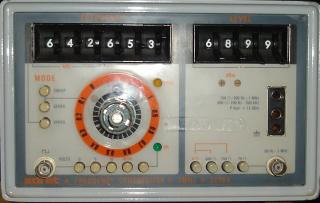
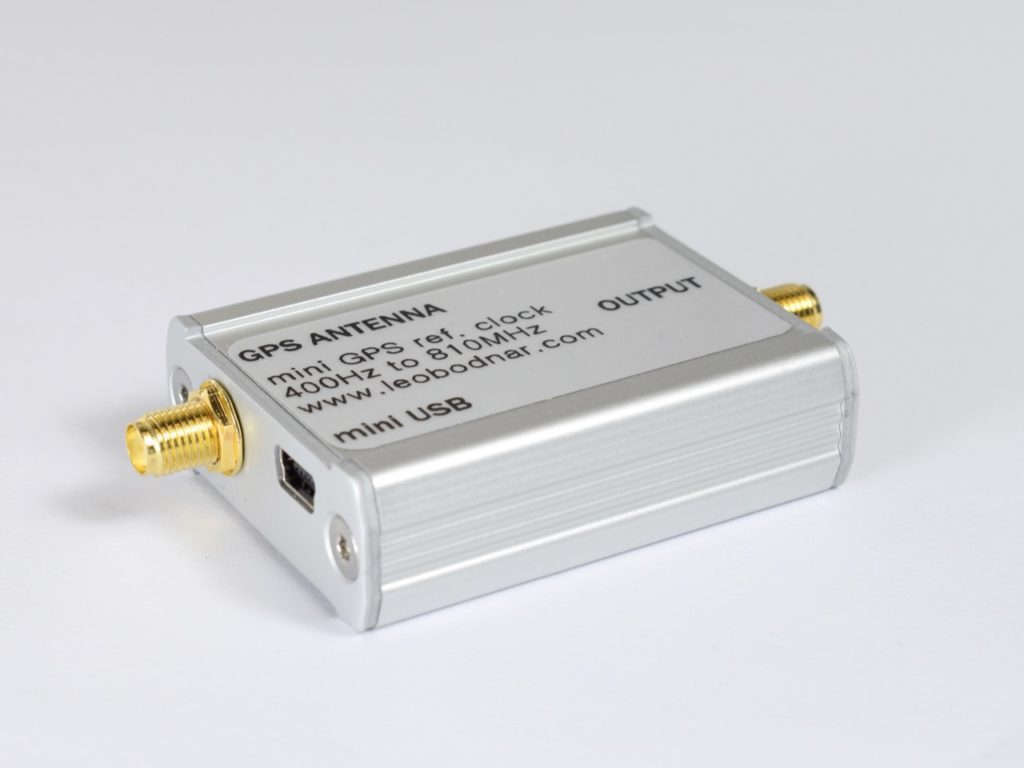
I use ten galvanized steel spikes. Two meters long on a field of 50 x 15m.
I have placed the antennas so that I can select the ones that best align with the direction I want to explore. The land is oriented east-west.
My position is 48.56N -3.32W altitude 202m. The region is called Brittany, the village Louargat (the fight of the moon in local language).
